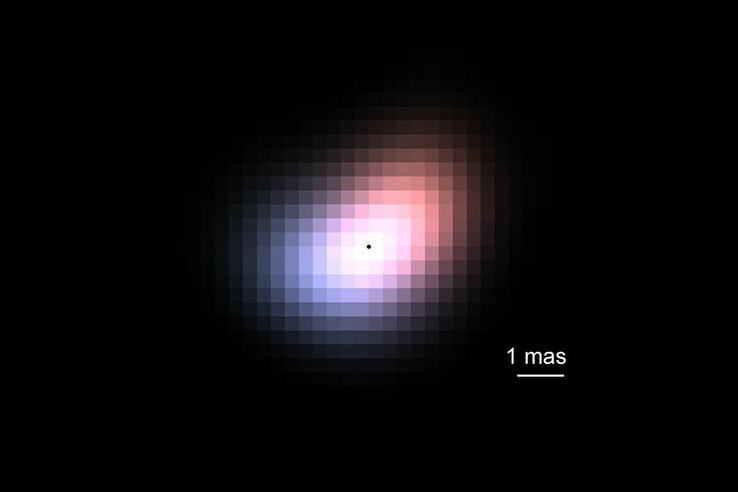 Hubble image of a star forming region in the Small Magellanic Cloud ( NASA Hubble Space Telescope via Unsplash; cropped)
Hubble image of a star forming region in the Small Magellanic Cloud ( NASA Hubble Space Telescope via Unsplash; cropped)
A team of astronomers has used a new imaging technique to capture never-before-seen details of the star Beta Canis Minoris, opening the door to discoveries of objects smaller and more distant than ever before.
Astronomers have had to rely on the size of a telescope to get detailed views of distant objects. The bigger the size of the telescope’s aperture, the sharper the image. Linking telescopes in arrays has also aided in providing sharp images.
This discovery provides a novel way of capturing higher-quality images. The technique involves the use of a device called a photonic lantern. The device splits the light collected by the telescope into multiple channels. The light is split based on the shape of the wavefront. It is further split by color. Computational techniques then reconstruct a high-resolution image from the photonic lantern outputs.
To demonstrate the effectiveness of this method, a team of astronomers led by a UCLA researcher has used the photonic lantern to view hidden structures of the star Beta Canis Minoris. Beta Canis Minoris is located in the constellation Canis Minor and is about 162 light-years away from Earth. The astronomers used this novel imaging technique to confirm the rotation of the star’s surrounding disk. They also observed something else — the lopsided shape of the star’s disk.
This work demonstrates the potential of photonic technologies to enable new kinds of measurement in astronomy. We are just getting started. The possibilities are truly exciting. — Nemanja Jovanovic, co-leader of the study at the California Institute of Technology.
 A reconstructed image of the disk around Beta Canis Minoris (Image source: Yoo Jung Kim/UCLA)
A reconstructed image of the disk around Beta Canis Minoris (Image source: Yoo Jung Kim/UCLA) Chibuike Okpara – Tech Writer – 280 articles published on Notebookcheck since 2024
Chibuike Okpara – Tech Writer – 280 articles published on Notebookcheck since 2024
I have always been fascinated by technology and digital devices my entire life and even got addicted to it. I have always marveled at the intricacy of even the simplest digital devices and systems around us. I have been writing and publishing articles online for about 6 years now, just about a year ago, I found myself lost in the marvel of smartphones and laptops we have in our hands every day. I developed a passion for learning about new devices and technologies that come with them and at some point, I asked myself, “Why not get into writing tech articles?” It is useless to say I followed up the idea — it is evident. I am an open-minded individual who derives an infinite amount of joy from researching and discovering new information, I believe there is so much to learn and such a short life to live, so I put my time to good use — learning new things. I am a ‘bookworm’ of the internet and digital devices. When I am not writing, you will find me on my devices still, I do explore and admire the beauty of nature and creatures. I am a fast learner and quickly adapt to changes, always looking forward to new adventures.

